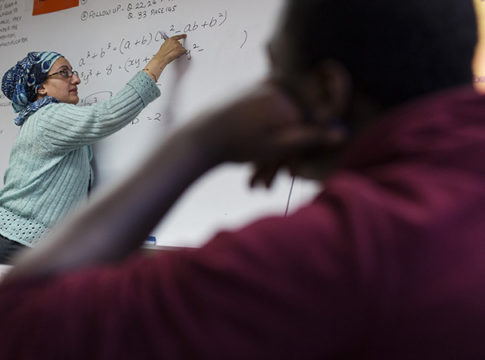Everyone probably knows a teacher—whether a friend, family member, neighbor, or colleague—who’s waiting for the right year to retire. Most late-career teachers know they have a “magic year” they need to reach in order to receive optimal retirement benefits. This typically happens between ages 55 to 60, or after 30 plus years in the classroom, depending on the plan and when the teacher began teaching.
But once teachers reach that special year, they know they need to get out. Otherwise, every year they don’t is a year they give up in retirement benefits. Even though staying beyond the set retirement year oftentimes means a bigger retirement check, because pensions are guaranteed over a lifetime, working when you could be retired means less checks to collect over a lifetime. And so working longer than needed still means giving up a substantial amount of money.
Rather than discouraging work at older ages, states could enact policies that encourage workers to continue working for longer. An effective teacher who reaches her “magic year” of retirement doesn’t suddenly become ineffective upon reaching that year. Teachers who perform well and want to teach beyond the prescribed plan retirement age shouldn’t be punished. The teaching workforce could greatly benefit from the insights of veteran teachers or second-career teachers who switched to teaching at relatively older ages.
For more on the “magic year” and how it impacts the teachers, read my new piece on RealClearEducation.
– Leslie Kan
This first appeared on teacherpensions.org




